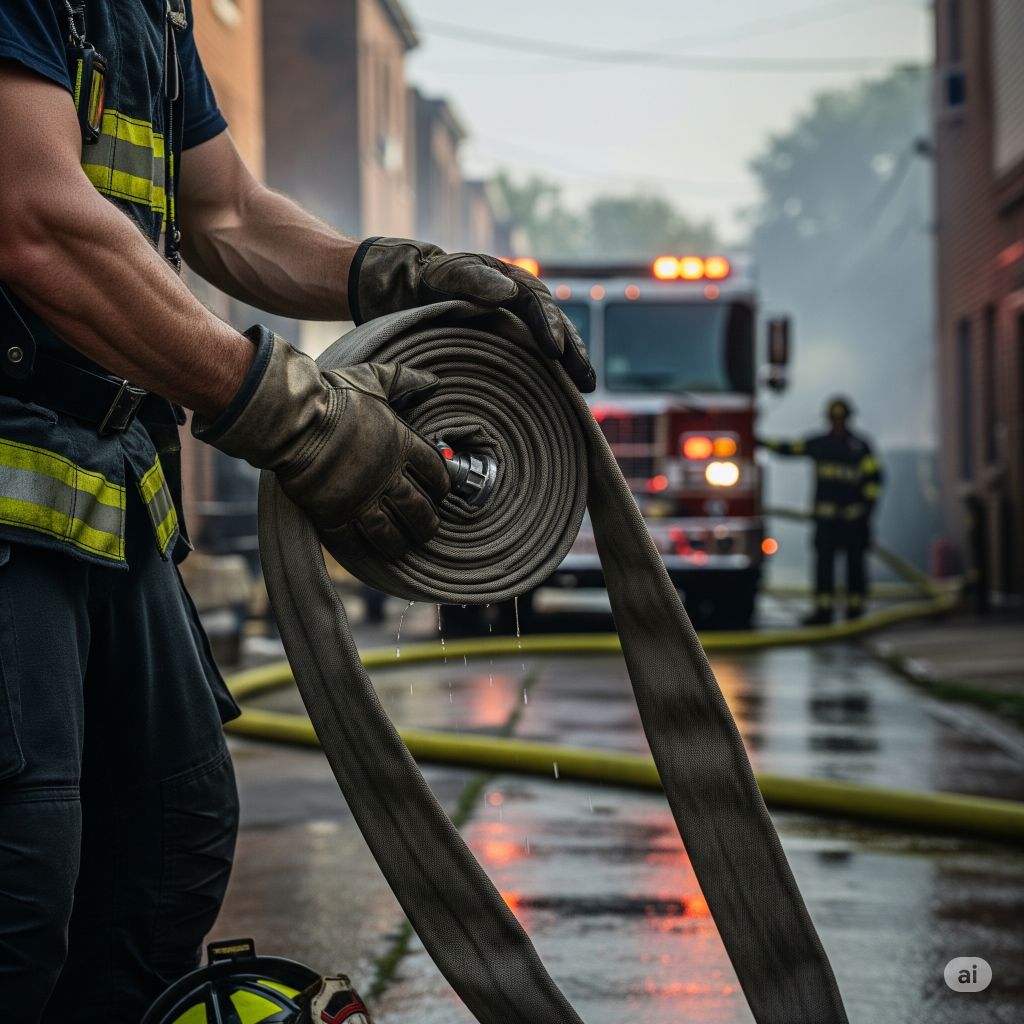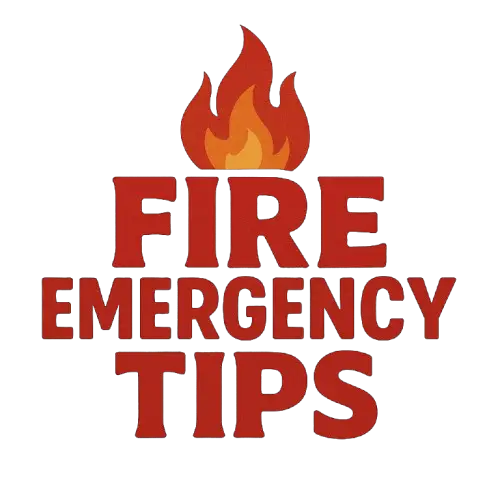
Absolutely! Below is a comprehensive 1000+ word article titled “Unveiling the Truth: Is Firefighting Truly a Blue Collar Job?” exploring the nature, perception, and complexity of firefighting as an occupation.
🔥 Unveiling the Truth: Is Firefighting Truly a Blue Collar Job?
Firefighting is often depicted as heroic, intense, and gritty—images of soot-covered uniforms, screaming sirens, and brave rescues dominate the public imagination. But when we strip away the dramatization and ask a fundamental question—Is firefighting truly a blue-collar job?—the answer isn’t as straightforward as it may seem.
This article delves into the classification, evolution, and societal perception of firefighting to uncover whether it aligns with traditional blue-collar work or straddles a more complex, hybrid identity.
🚨 Understanding Blue-Collar Jobs
Before we explore firefighting, it’s crucial to define what constitutes a “blue-collar” job.
🔹 Definition:
Blue-collar typically refers to jobs that involve manual labor, skilled trades, or technical work, often in sectors like construction, manufacturing, maintenance, and law enforcement. These roles usually:
- Require physical effort
- May or may not require higher education
- Often involve hourly wages
- Include work with tools, machines, or field equipment
- Can involve danger or exposure to elements
Contrast that with white-collar jobs, which generally involve:
- Office-based, managerial, or administrative roles
- Mental labor (analysis, design, planning)
- Salaried income structures
- Advanced degrees or formal higher education
🚒 Firefighting: A Classic Blue-Collar Archetype?
At first glance, firefighting fits squarely within the blue-collar mold:
✅ Physical Labor
Firefighters are required to perform grueling physical tasks:
- Lifting heavy hoses
- Forcible entry through doors
- Carrying unconscious victims
- Operating equipment under heat and stress
This aligns closely with blue-collar norms of hands-on labor and physical resilience.
✅ Union Membership
A majority of firefighters in the U.S. belong to unions like the International Association of Fire Fighters (IAFF)—a hallmark of many blue-collar professions. These unions negotiate wages, benefits, safety standards, and shift regulations.
✅ Hourly Pay + Overtime
Though some departments offer salaried positions, many firefighters earn hourly wages with substantial overtime pay—particularly for 24-hour shifts, holidays, or wildland fire deployment.
✅ Technical Skillsets (Non-Office)
The job requires mastery of technical tools, heavy vehicles (ladder trucks, engines), rescue equipment (Jaws of Life, air packs), and operational knowledge—all learned through hands-on training, not desk work.
🎓 The White-Collar Elements of Firefighting
While firefighting may appear entirely blue-collar, modern firefighting incorporates significant white-collar characteristics:
🔹 Specialized Training and Certifications
Today’s firefighters are not just hose handlers. They’re often cross-trained in:
- Emergency Medical Services (EMS) / Paramedicine
- Hazardous Materials (HazMat) response
- Incident Command Systems
- Technical rescue operations (confined space, high angle, trench)
- Fire science and leadership coursework
Many departments require associate or bachelor’s degrees in fire science, public safety, or emergency management for promotions to lieutenant, captain, or chief.
🔹 Administrative & Analytical Duties
Mid- to high-ranking firefighters manage:
- Personnel schedules
- Budget allocation
- Equipment procurement
- Training compliance
- Incident reporting software
- Community risk reduction programs
This portion of the job mimics white-collar managerial responsibilities and is increasingly essential in modern departments.
🔹 Public Policy and Leadership Roles
Fire chiefs and senior officers often interface with city councils, legislators, and community leaders—advocating for funding, ordinance changes, or public safety awareness. These are administrative and political functions, far from traditional blue-collar duties.
⚖️ The “Grey Collar” Middle Ground
As a result of these overlapping characteristics, many classify firefighting as a “grey collar” profession—a hybrid between blue- and white-collar.
🔸 What is Grey Collar?
Grey collar jobs:
- Combine physical and mental labor
- Require technical expertise and sometimes formal education
- Often involve shift work but with managerial or public-facing components
- Include roles in law enforcement, skilled trades, and healthcare
Firefighting fits comfortably here—bridging the manual intensity of field labor with the professionalism of public service.
🔍 Perception vs. Reality
📺 Media Portrayals:
TV shows and movies emphasize action, heroism, and physicality. The desk work, training sessions, inspections, and political wrangling rarely make it on screen. This skews public perception toward the “all-blue-collar” image.
👨🚒 The Firefighter’s Perspective:
Ask any firefighter, and they’ll likely say:
“It’s blue-collar work—but it’s much more than that.”
The average firefighter today may fight fewer fires and spend more time responding to medical emergencies, performing inspections, or educating the public. The role has evolved.
💼 Career Progression and Education
Many departments encourage firefighters to:
- Earn fire science degrees
- Complete NFPA certifications
- Take part in ongoing leadership and incident command courses
- Train in IT-based reporting tools and mapping software
As they rise through ranks (Engineer → Lieutenant → Captain → Battalion Chief → Fire Chief), the role becomes increasingly white-collar in nature.
🏛️ Is Firefighting a Profession?
This is a key question.
The term “profession” implies:
- Specialized training
- Ethical standards
- Continued education
- Accountability and licensing
Firefighting meets these benchmarks, especially in larger, accredited departments. Many view it not just as a job, but as a public service profession grounded in skill, sacrifice, and societal duty.
💰 Socioeconomic Realities
Despite the white-collar responsibilities, firefighting often:
- Pays similar to other blue-collar trades (especially entry-level)
- Requires dangerous work under extreme conditions
- Offers pension systems more common to public-sector roles than corporate careers
Thus, even while the job grows more complex, the compensation and environment often remain rooted in blue-collar traditions.
✅ Conclusion: So, Is Firefighting a Blue-Collar Job?
🔥 The short answer: Yes—and no.
Firefighting is firmly rooted in blue-collar traditions, but modern demands have elevated it into a hybrid “grey collar” profession. It’s a job that:
- Requires grit and brawn
- Demands training and intellect
- Balances rescue with regulation
- Combines community service with command structure
While society may continue to label it “blue-collar,” the truth is far more nuanced.
🧯 Final Thoughts
Firefighters aren’t just hose-wielding heroes—they’re technicians, medics, mechanics, mentors, and leaders. They straddle a line few careers do: serving on the front lines one minute and analyzing budgets the next.
Firefighting deserves more than one-color classification. It deserves recognition for its complexity, integrity, and evolution. It’s not just a job—it’s a vocation, a profession, and above all, a public trust.
